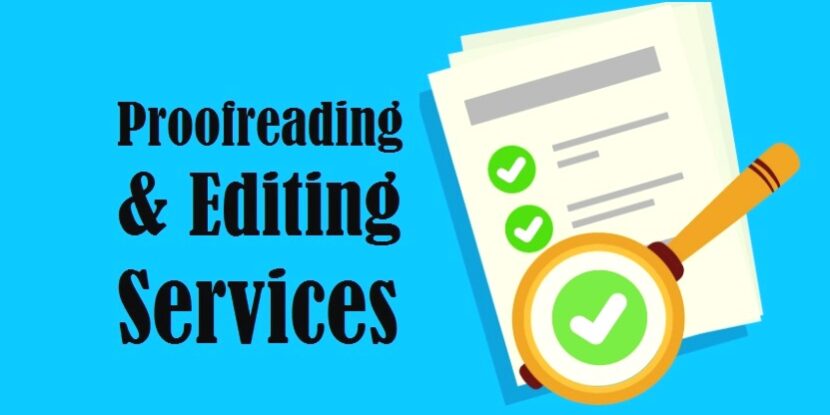Tips to get the excellent output from Medical editing and proofreading services?
Before submitting your work to the journal, you must review it. You can now either ask your department head or a coworker to review your manuscript or use professional medical editing and proofreading services. Such professional medical proofreading services are cost-effective for many researchers because they improve the quality of the research document.
But, before you send your document to professional editing and proofreading services, consider the following tips for getting the most out of their services:
Give your best document:
Professional editors have a lot on their plates. They must attend to other people’s documents as well and can only devote a portion of their time to yours. So, before submitting the document to the editor, make any necessary changes. For example, missing/extra spaces, heading style, and reference list consistency. This will allow the editor to stay focused and address issues that you cannot.
Convey your problem in earlier:
Inform your editors in advance if you have any concerns about the terminology used in the document or the sentence structure. This way, the editor won’t waste time looking for problems and can offer you a solution right away.
Put query:
The majority of medical editing services allow the author to ask questions about the edited document. Use this feature to get answers to your questions and learn from the editor. This will assist you in preparing future manuscripts.
Present the subsequent information:
Provide your editor with all of the information he requires to perform an effective edit. For example, the journals recommended word count, the format of the document, and your contribution to the manuscript.
Offer opinion:
If the editor misunderstood a technical term or did not follow certain conventions in your field, notify him. The editors appreciate the authors’ suggestions. Also, if you disagree with the changes he made, express your concerns to him. This will help him explain why he made the change, and you may agree with his rationale.
However, even if you disagree with the editor, do not criticise him. Tell the editor how much you appreciate his work. As a result, he will go out of his way to provide you with consistently excellent service in the future.
Remember that writing a manuscript is an ongoing process. It is possible that a publication-ready document cannot be prepared after only one round of editing. As a result, rather than viewing your relationship with the editor as a one-time transaction, consider it to be long-term and collaborative. To achieve the best results, work with your editor through multiple rounds of editing. Finally, after submission, you can seek the assistance of your editor to respond to the comments or questions of the peer reviewers.







